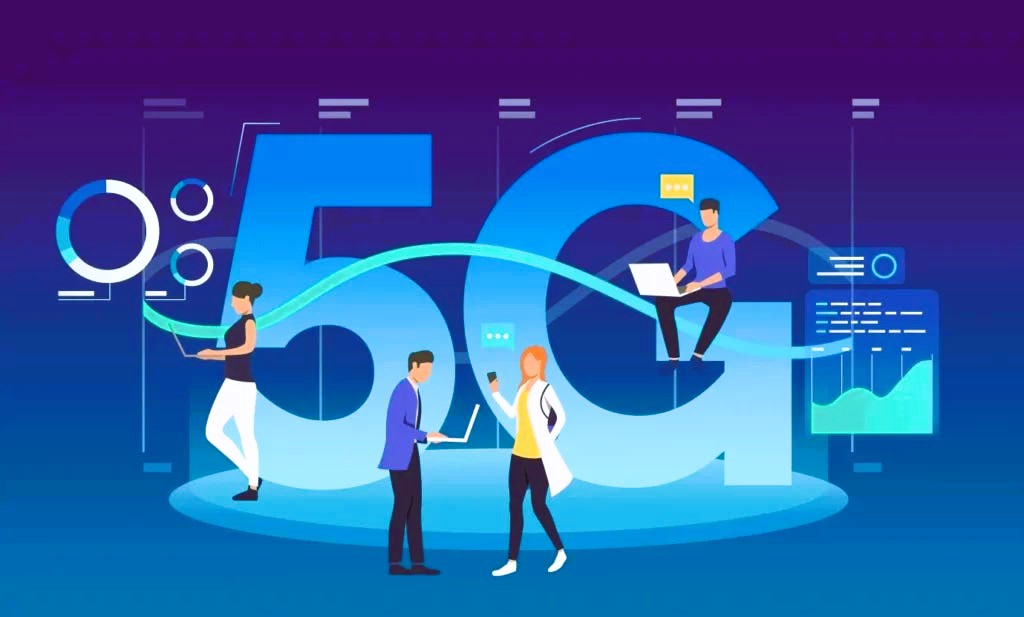
The advent of 5G technology represents a significant milestone in the evolution of telecommunications, promising faster speeds, lower latency, and greater connectivity than ever before. As 5G networks continue to roll out across the globe, consumers can expect a wide range of transformative benefits that will reshape how we live, work, and interact with the digital world.
Understanding 5G Technology
5G, or fifth-generation wireless technology, builds upon the foundations laid by previous generations of wireless networks, such as 4G LTE. However, 5G offers several key improvements that distinguish it from its predecessors:
- Increased Speed: 5G networks promise download speeds up to 100 times faster than 4G, with the potential to reach gigabit-per-second speeds. This means faster downloads, smoother streaming, and virtually instantaneous access to content and services.
- Lower Latency: Latency, or the time it takes for data to travel from one point to another, is significantly reduced in 5G networks. With latency as low as a few milliseconds, 5G enables real-time communication and response in applications like online gaming, video conferencing, and autonomous vehicles.
- Greater Capacity: 5G networks are designed to support a massive increase in connected devices, from smartphones and tablets to Internet of Things (IoT) devices and smart appliances. This increased capacity ensures that networks can handle the growing demand for data-intensive applications and services.
Impact on Consumers
The widespread adoption of 5G technology will have profound implications for consumers across various aspects of their daily lives:
- Enhanced Mobile Experiences: With 5G, consumers can enjoy faster download speeds, smoother streaming, and improved performance on their mobile devices. High-definition video streaming, multiplayer gaming, and augmented reality applications will become more immersive and accessible than ever before.
- IoT Connectivity: 5G networks will enable seamless connectivity for a wide range of IoT devices, from smart home appliances and wearables to industrial sensors and autonomous drones. This connectivity will drive the proliferation of smart cities, connected healthcare solutions, and intelligent transportation systems.
- Remote Work and Collaboration: The low latency and high bandwidth of 5G networks will facilitate remote work and collaboration, enabling employees to access cloud-based applications, participate in video conferences, and collaborate on projects from anywhere with minimal lag or interruption.
- Emerging Technologies: 5G technology will catalyze the development and adoption of emerging technologies such as virtual reality (VR), augmented reality (AR), and artificial intelligence (AI). These technologies will create new opportunities for immersive entertainment, interactive experiences, and personalized services. Read about achievements in the field of biotechnology, more details here.

Challenges and Considerations
While the potential benefits of 5G technology are vast, there are also challenges and considerations that must be addressed:
- Infrastructure Deployment: The rollout of 5G networks requires significant investment in infrastructure, including the installation of new base stations and upgrading existing network infrastructure. Ensuring widespread coverage and availability in both urban and rural areas remains a priority.
- Security and Privacy: As more devices become connected to 5G networks, cybersecurity threats and privacy concerns become more prevalent. Safeguarding consumer data and ensuring the integrity of network infrastructure are paramount to maintaining consumer trust and confidence.
- Regulatory Compliance: Regulatory frameworks and standards play a crucial role in ensuring the interoperability and security of 5G networks. Organizations such as the International Organization for Standardization (ISO) and the Institute of Electrical and Electronics Engineers (IEEE) develop standards and guidelines for 5G technology to promote interoperability, security, and reliability.
The rise of 5G technology represents a paradigm shift in telecommunications, offering consumers unprecedented speed, connectivity, and possibilities. From enhanced mobile experiences and IoT connectivity to remote work and collaboration, 5G will transform how we interact with the digital world. However, addressing challenges related to infrastructure deployment, security, and regulation will be essential to realizing the full potential of 5G technology and ensuring its benefits are accessible to all.
For more information on 5G standards and guidelines, please visit the International Organization for Standardization (ISO) website: ISO 5G Standards.

